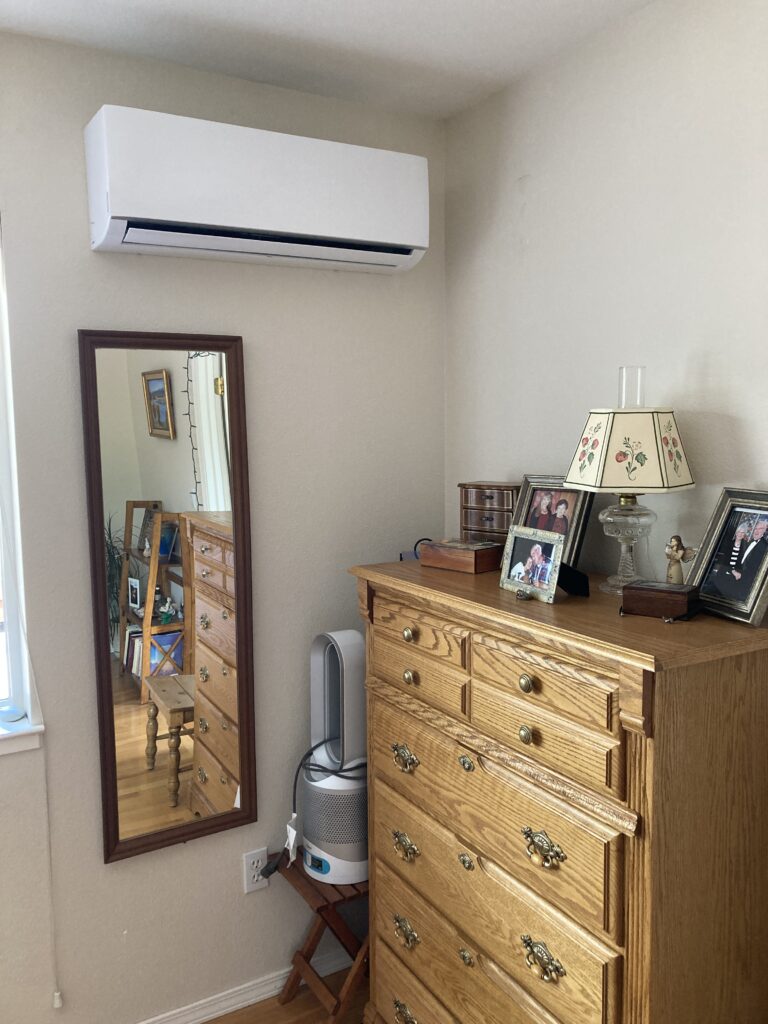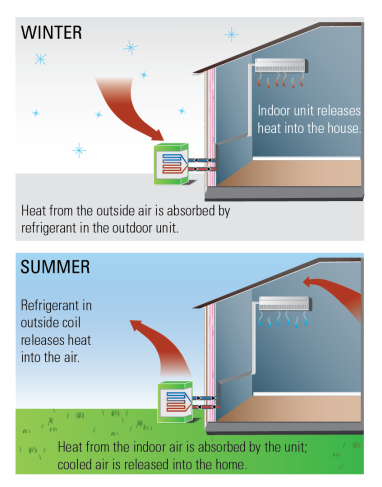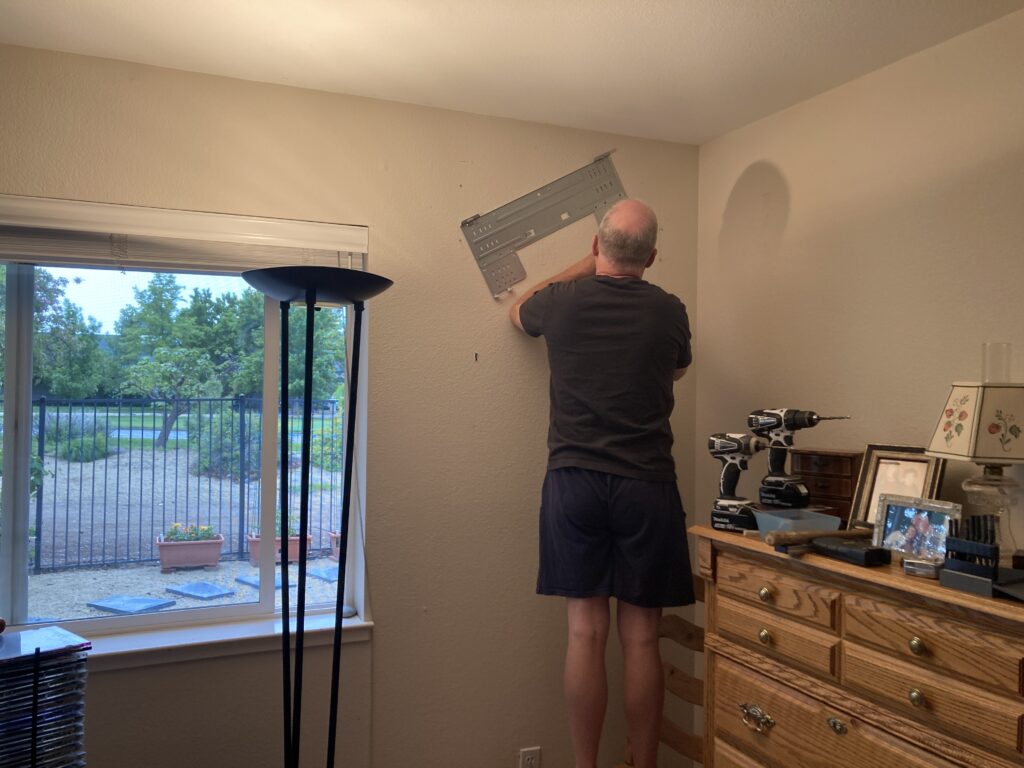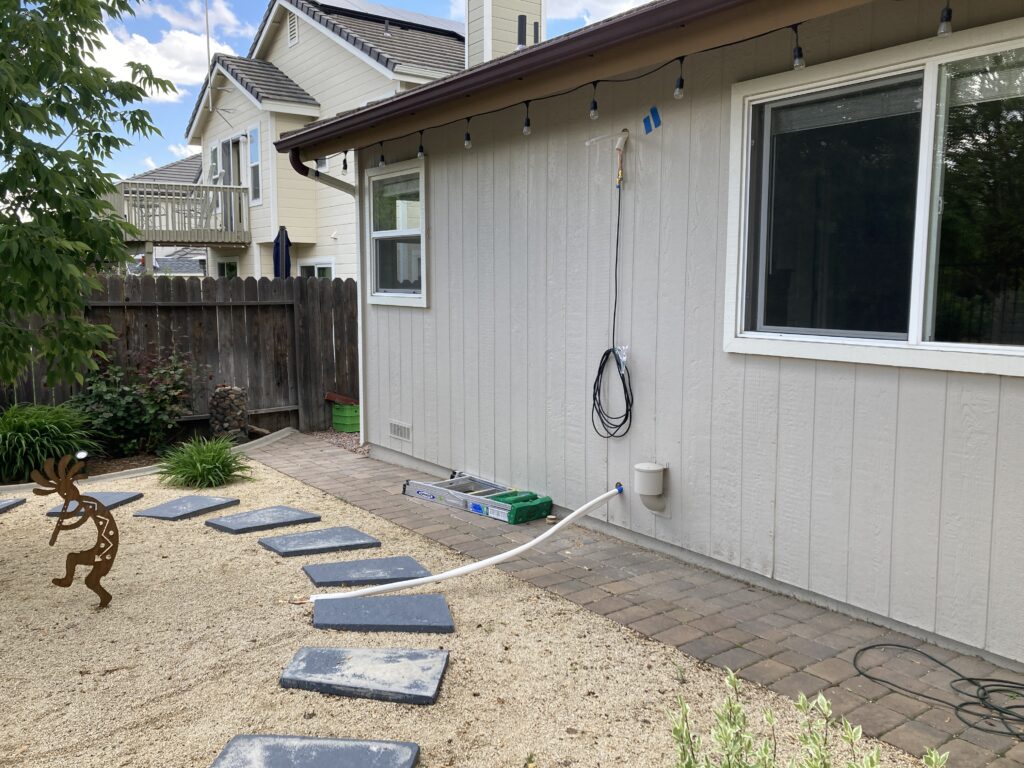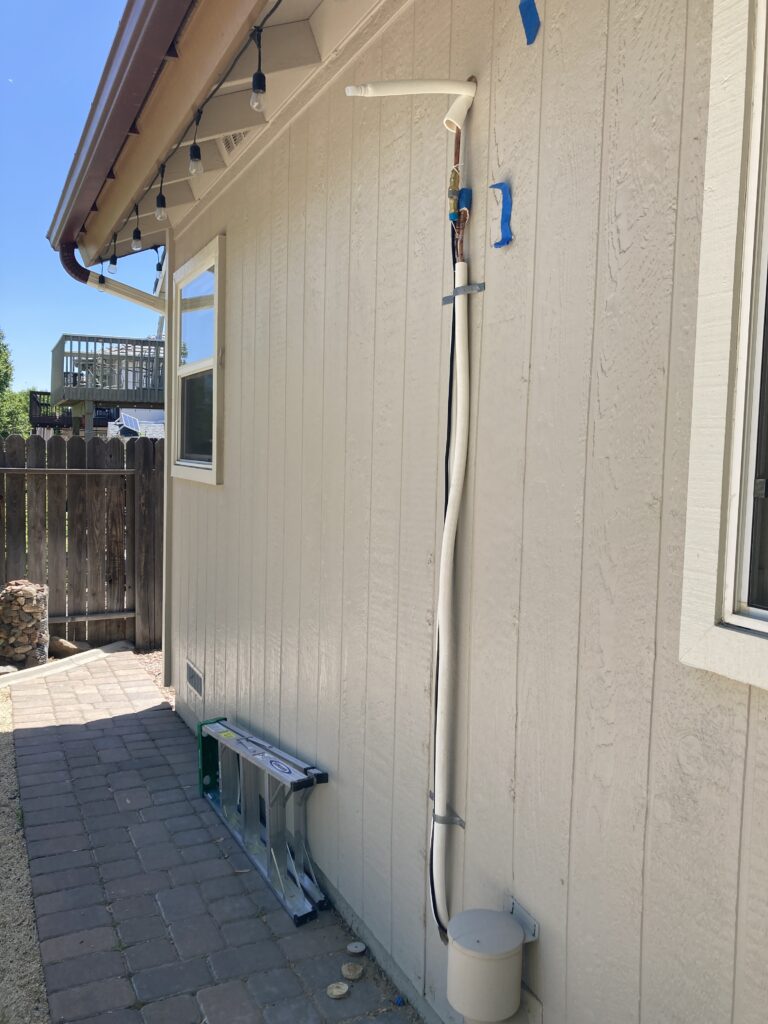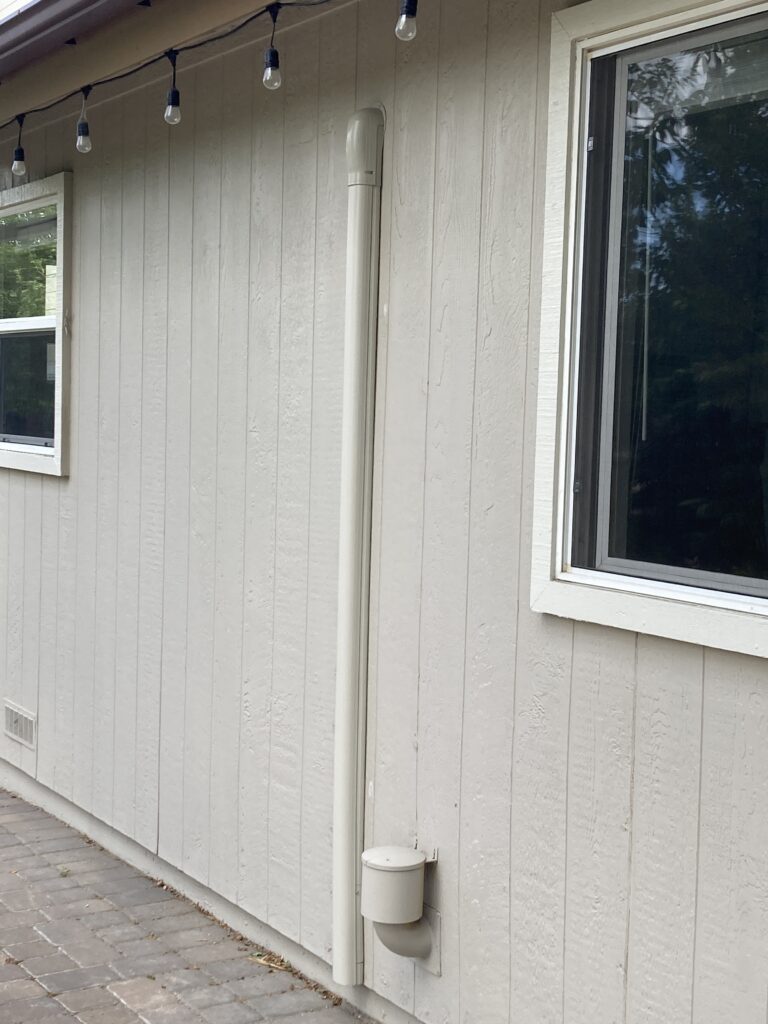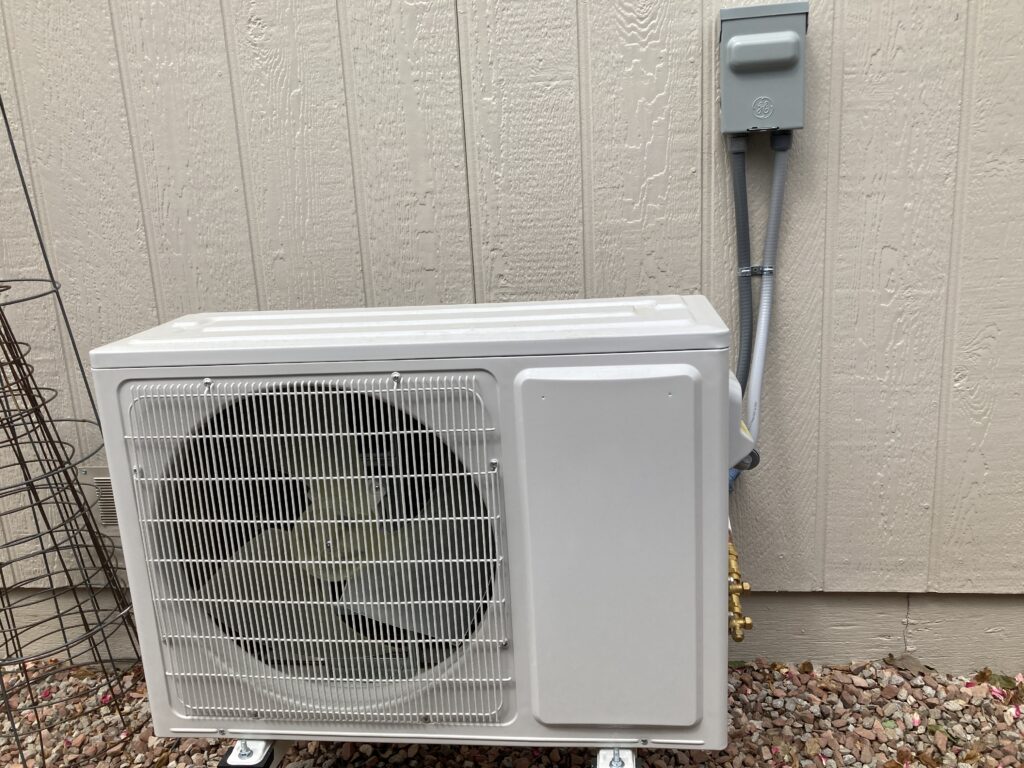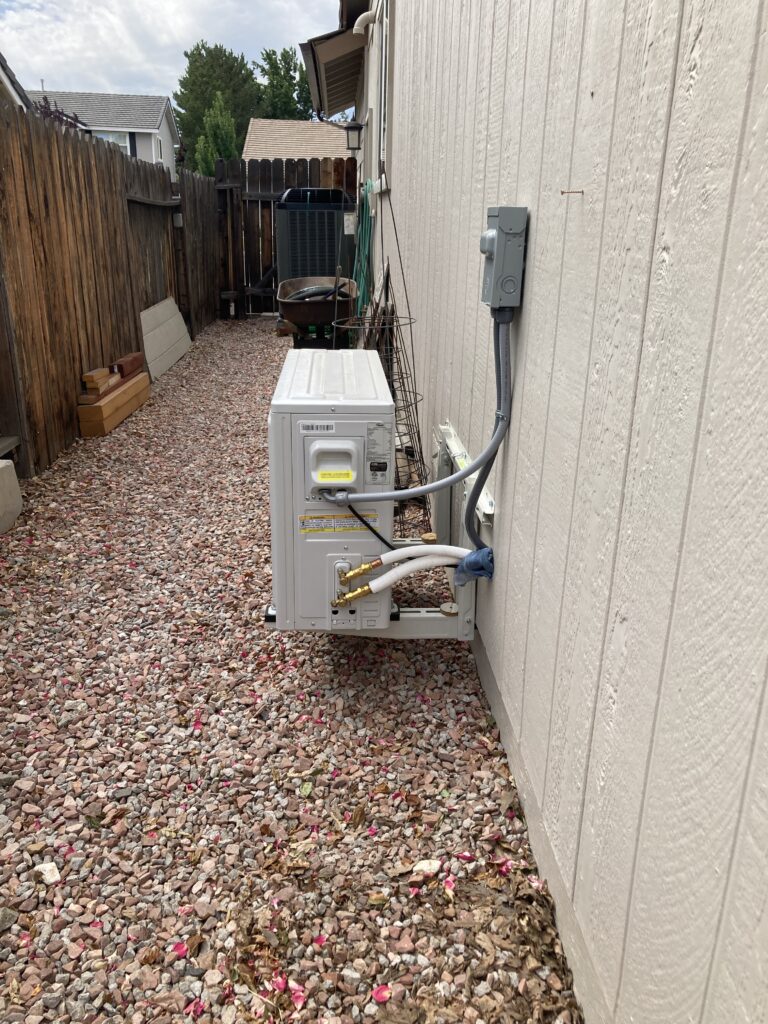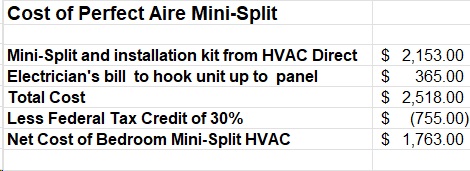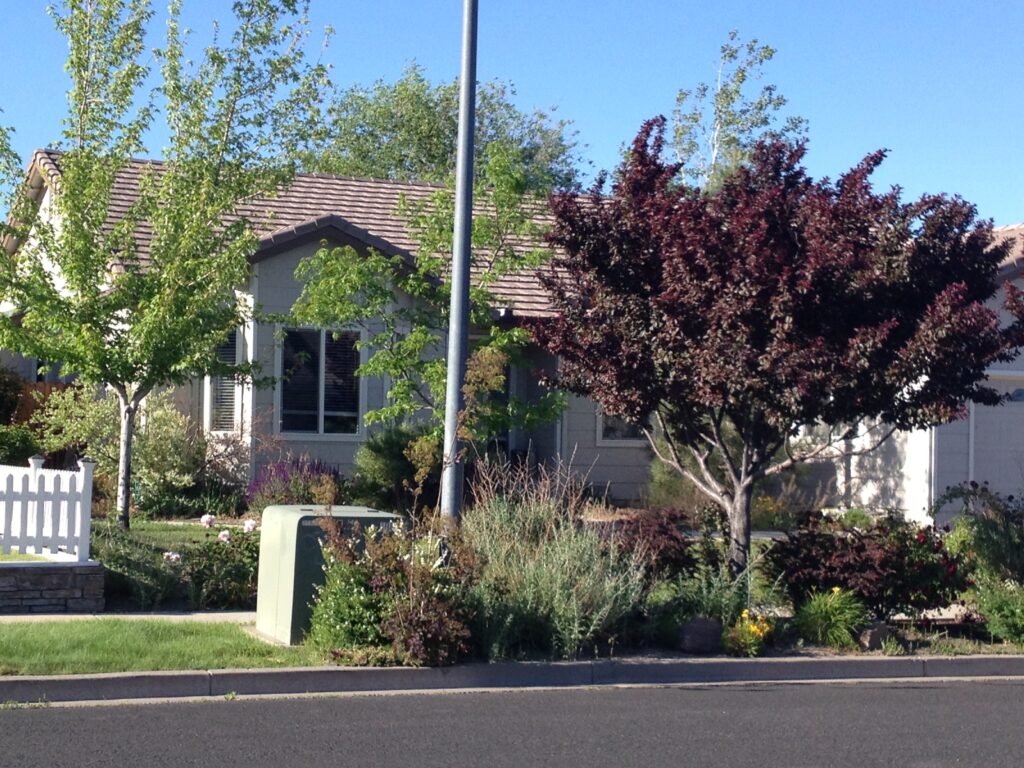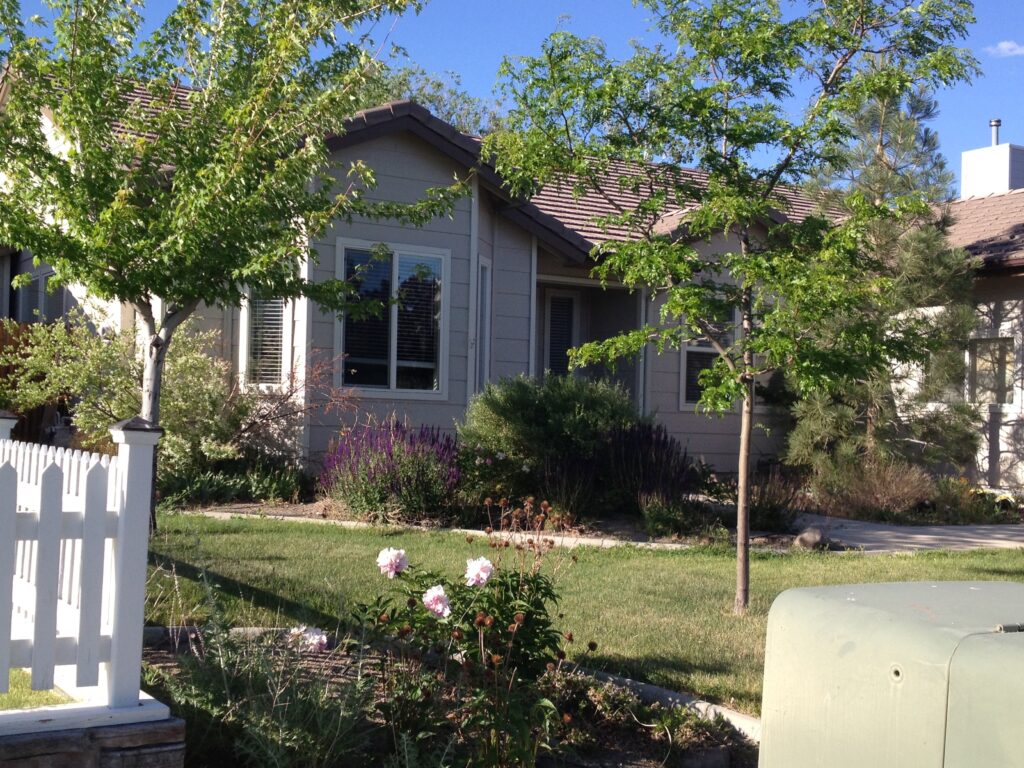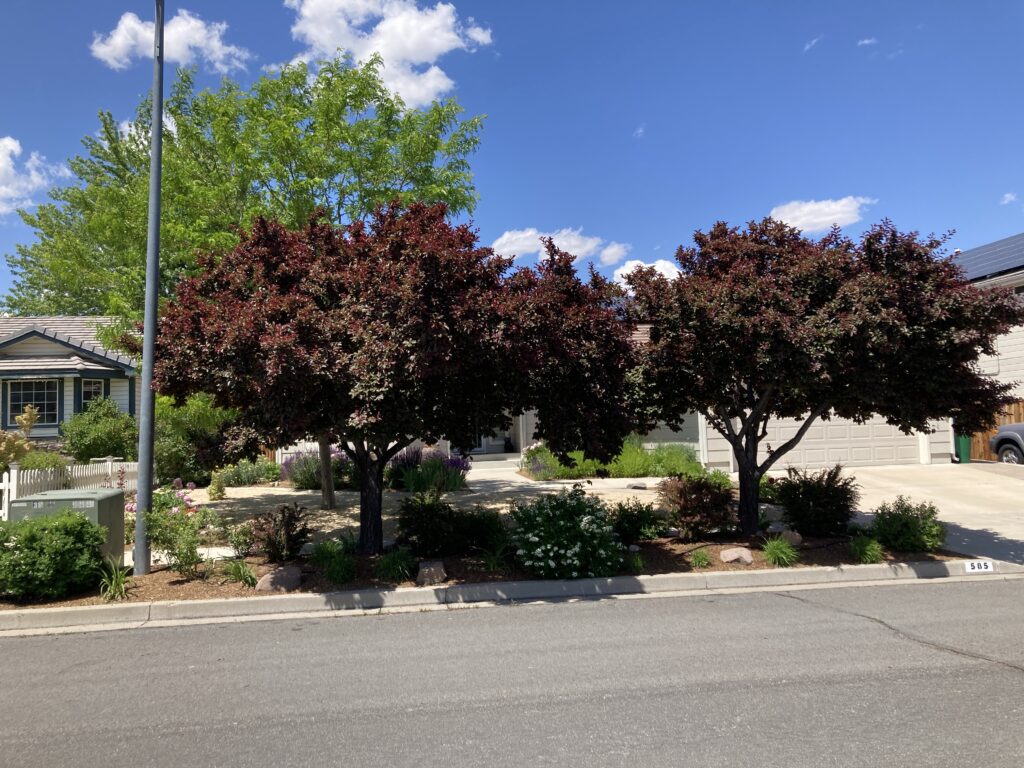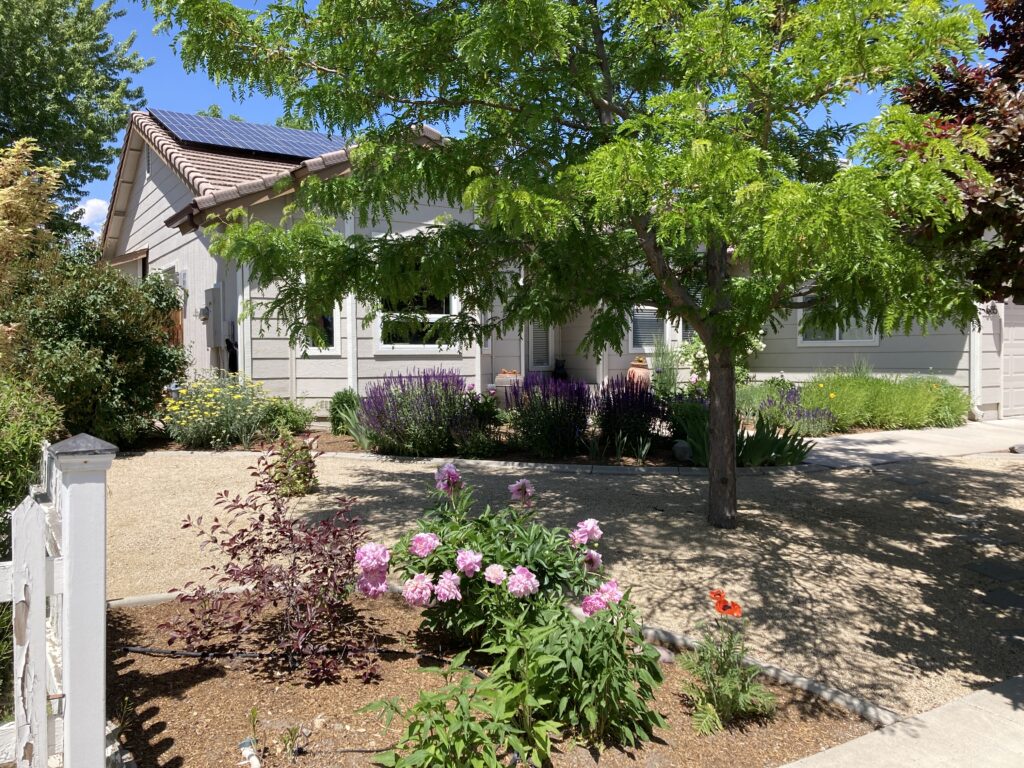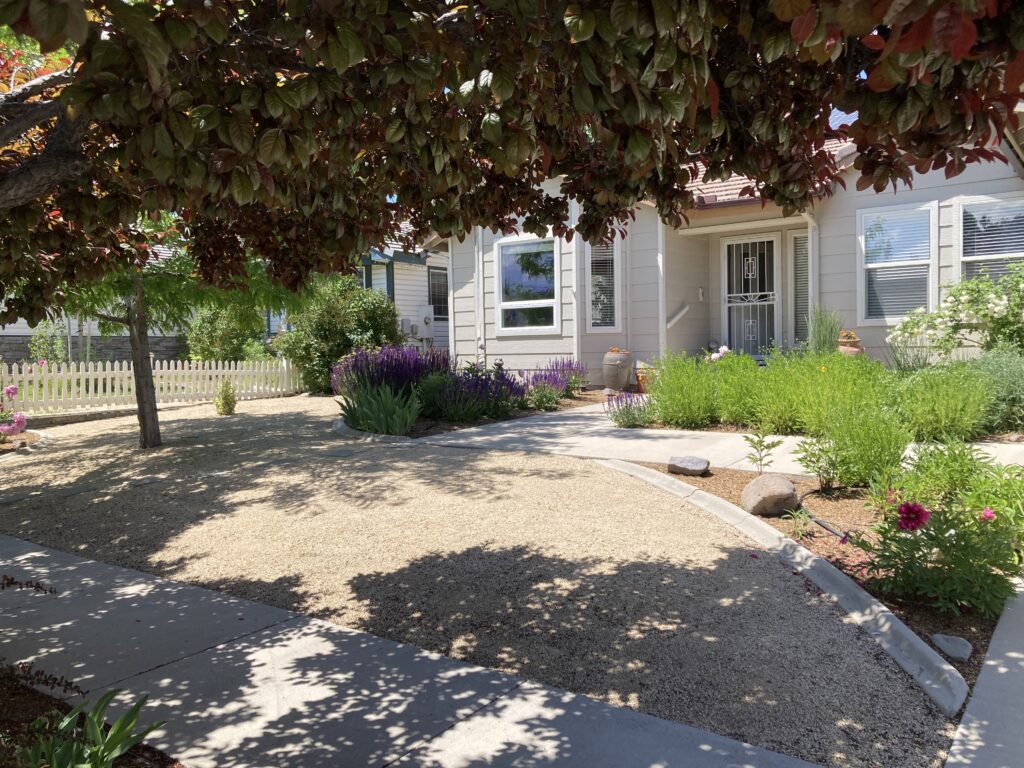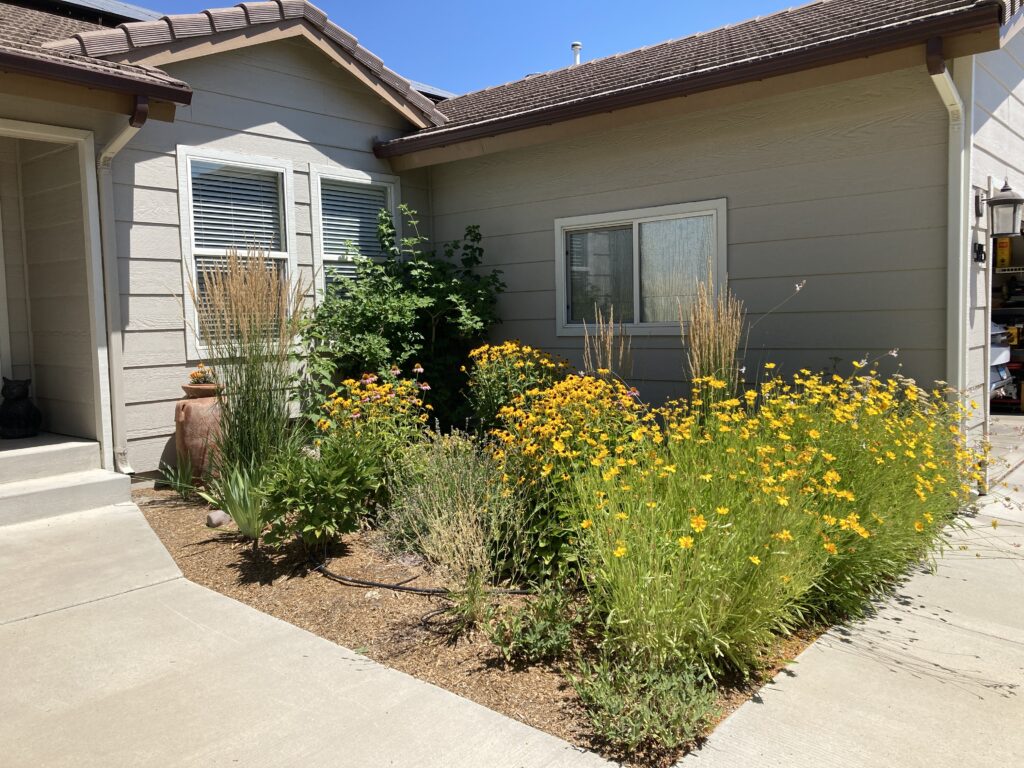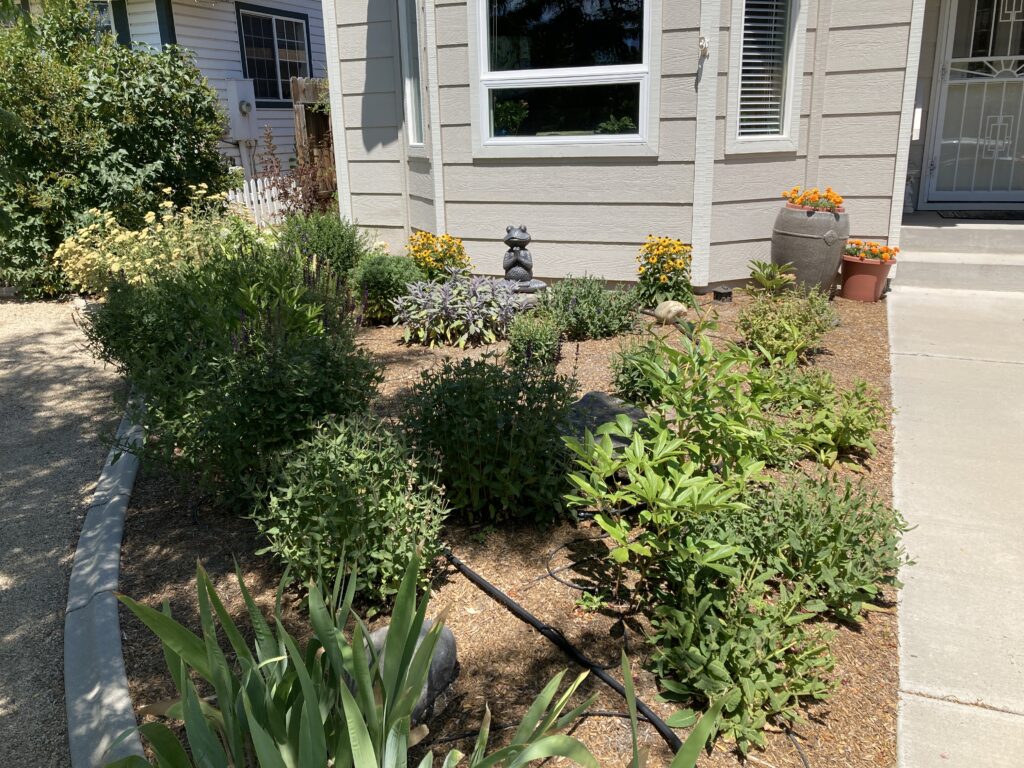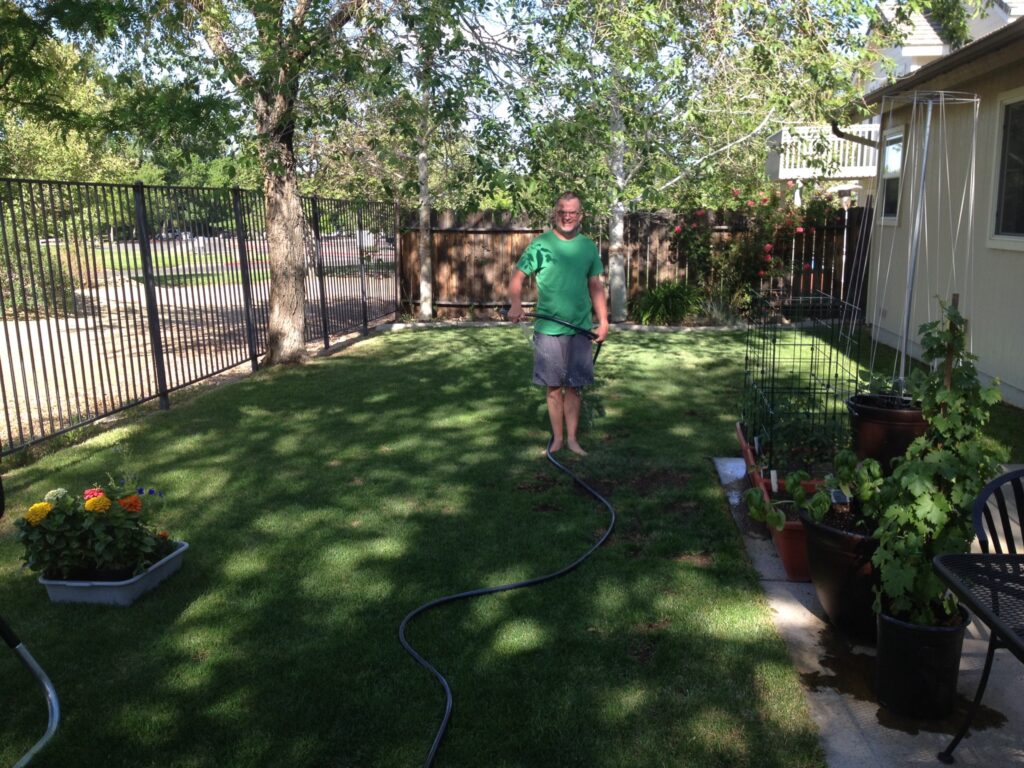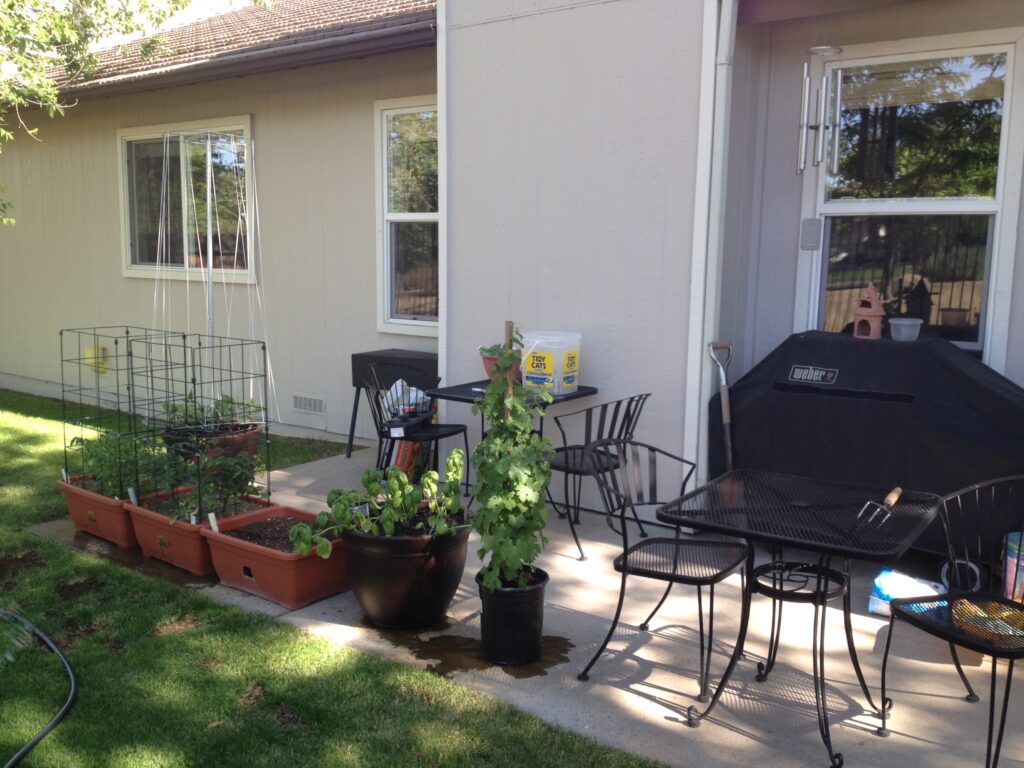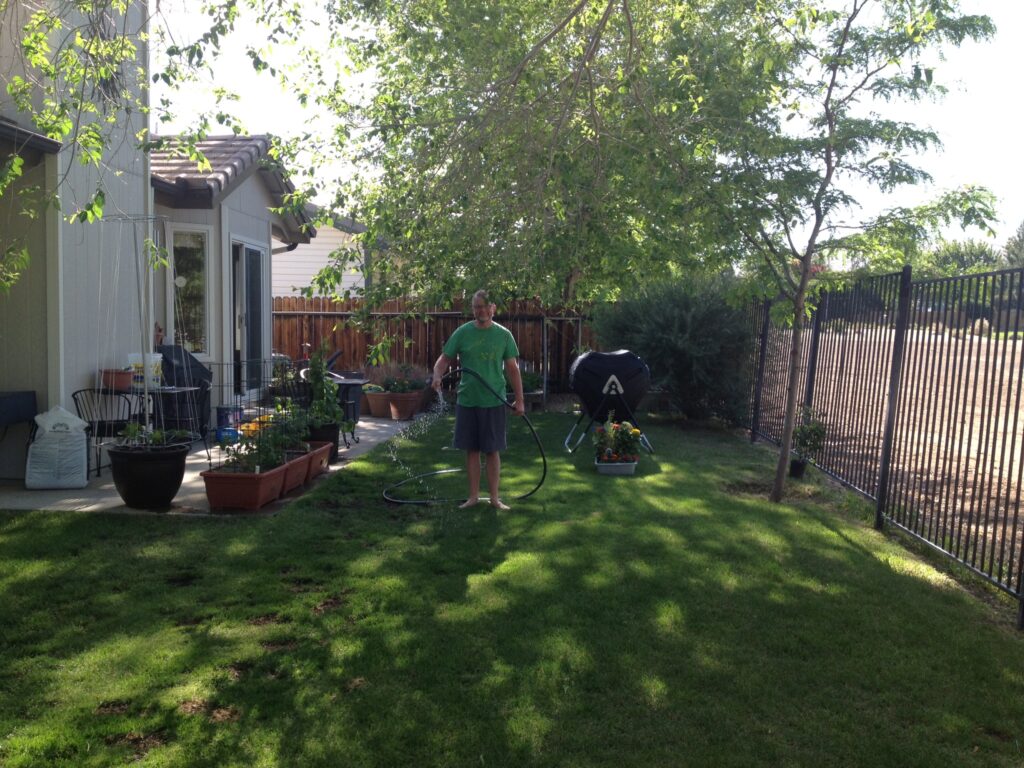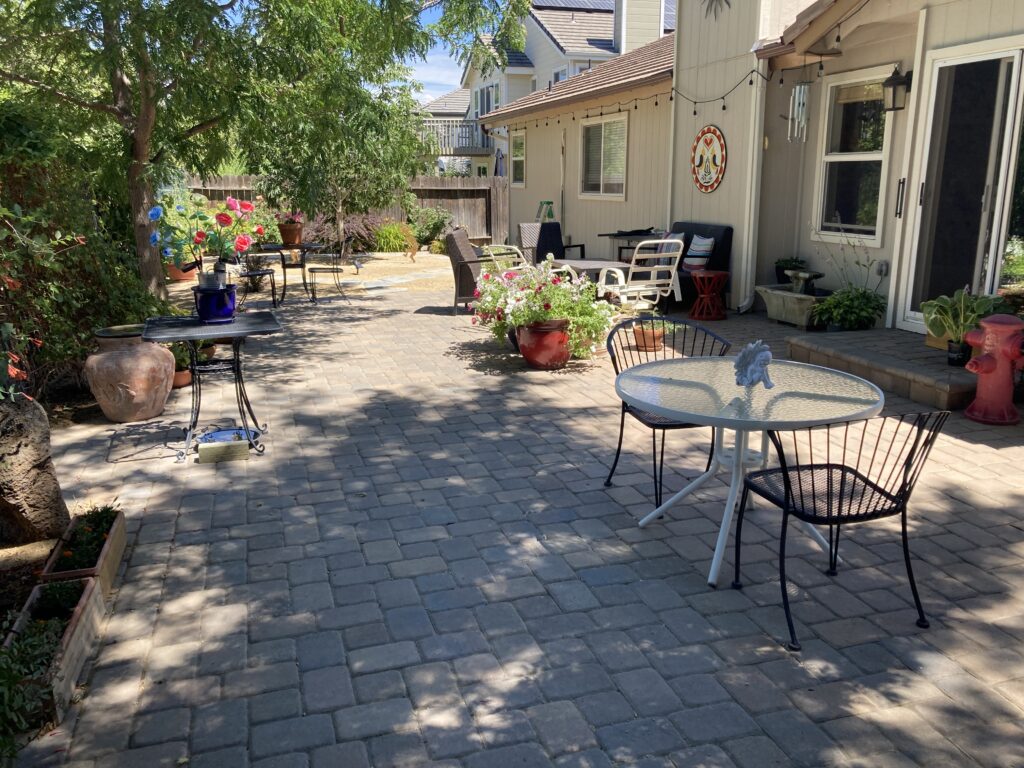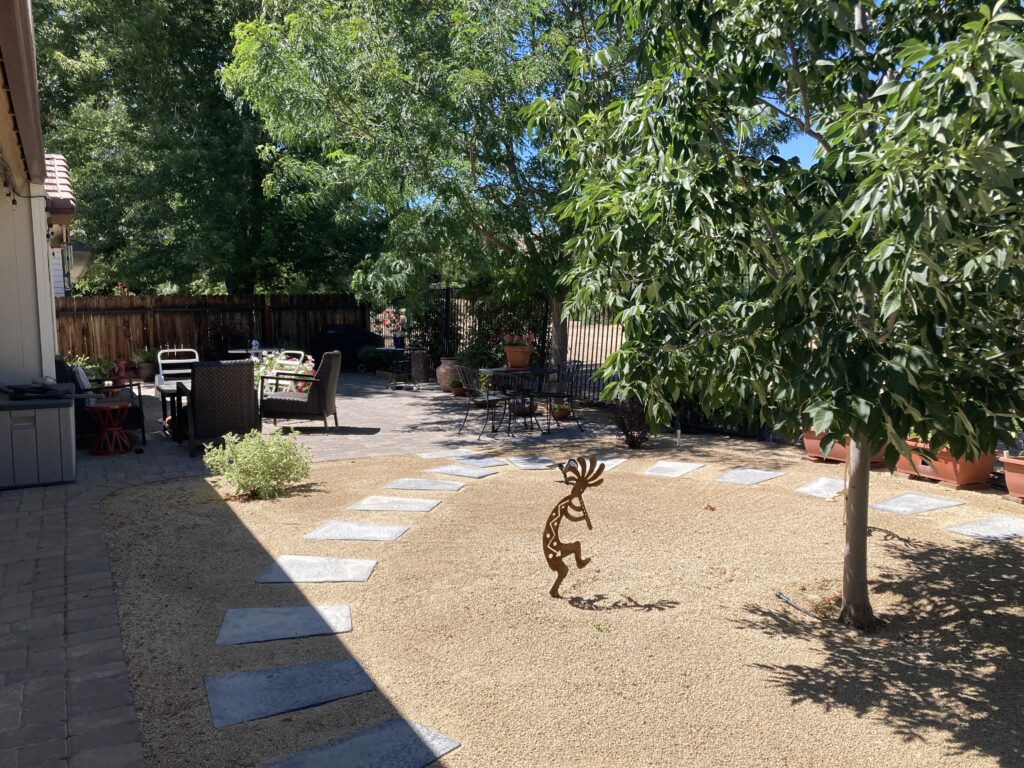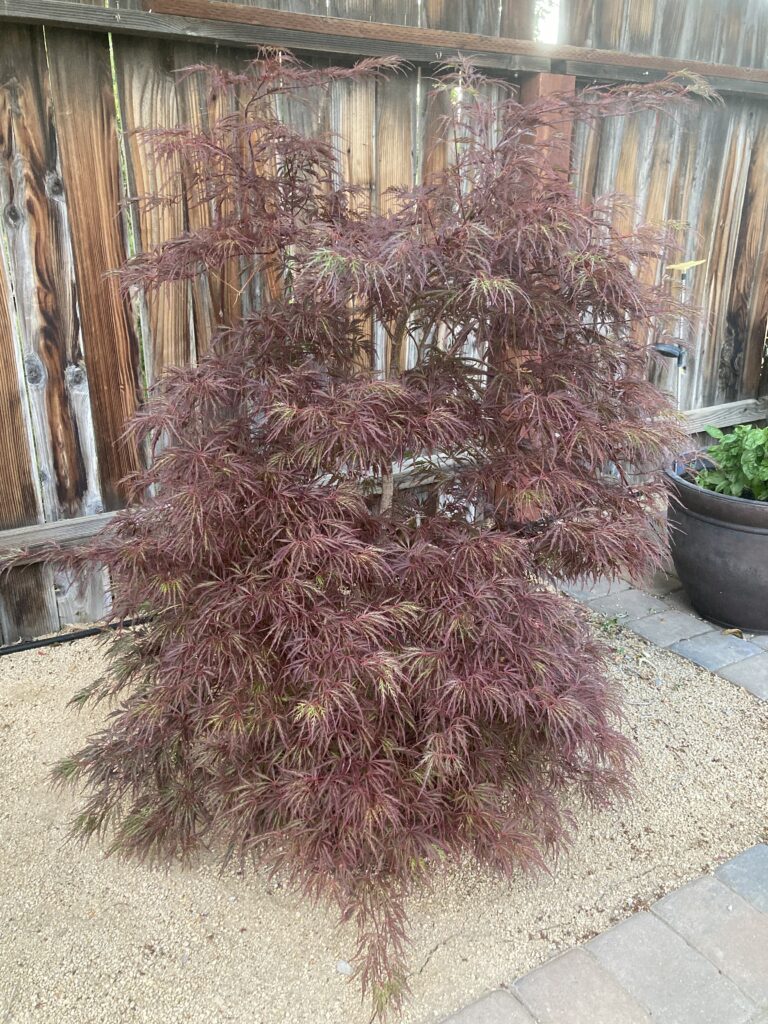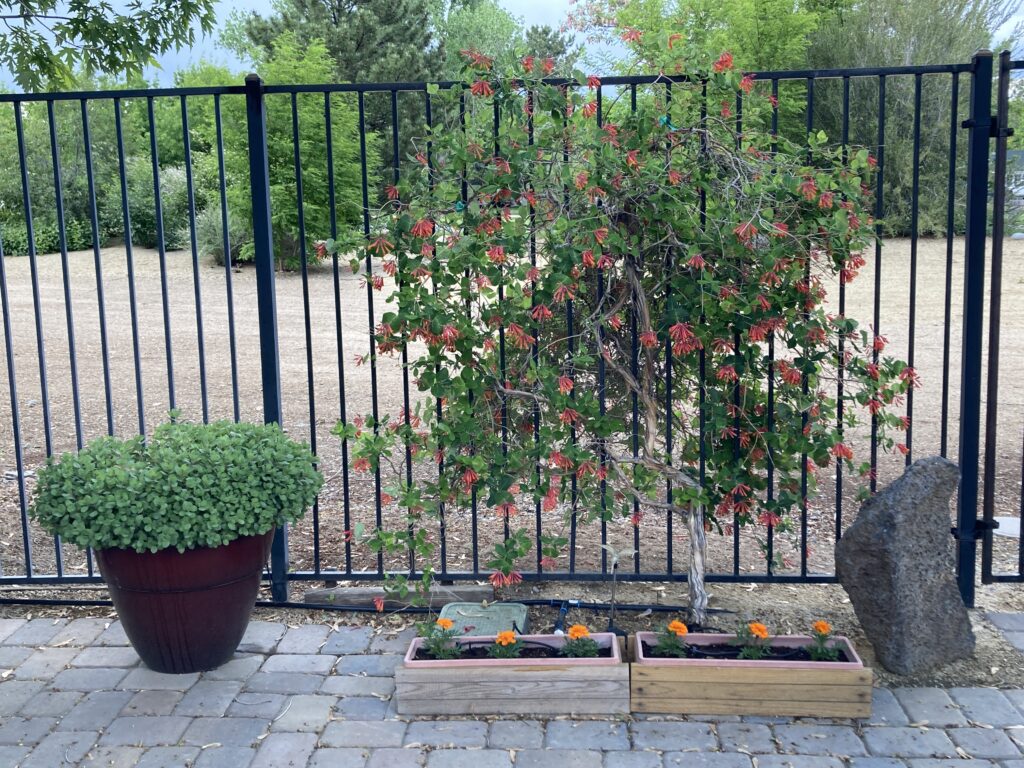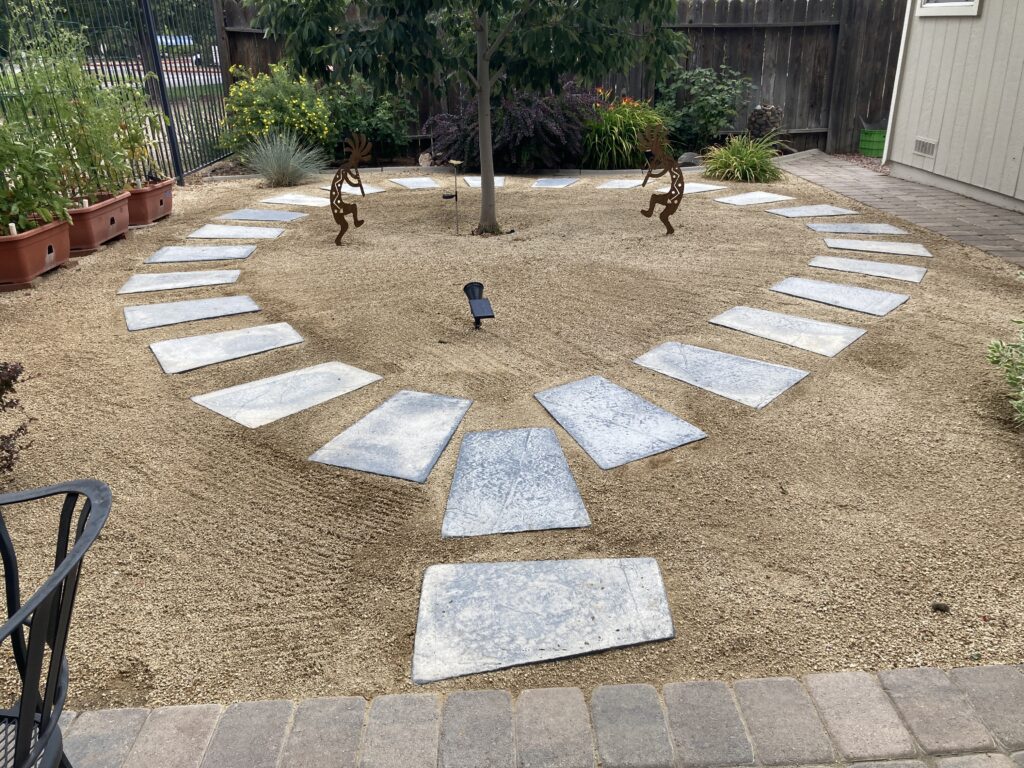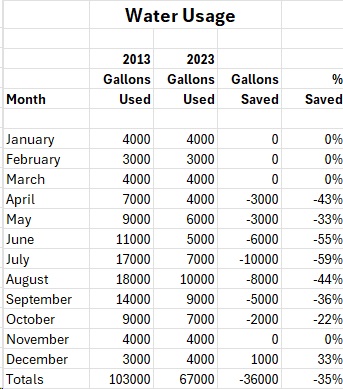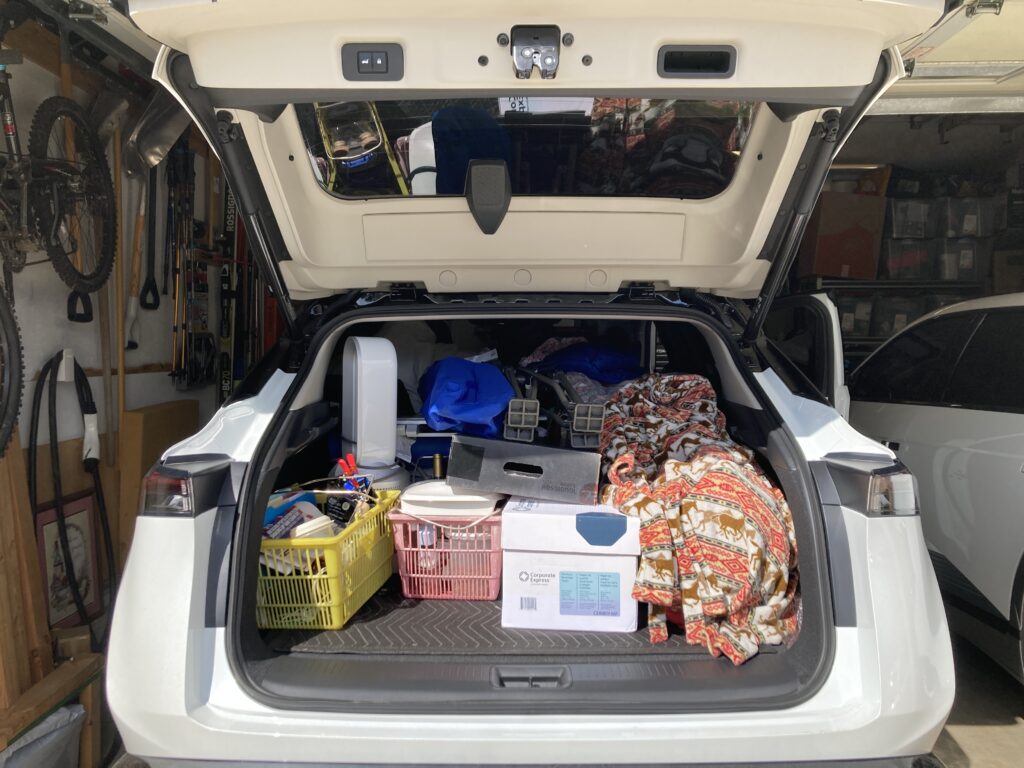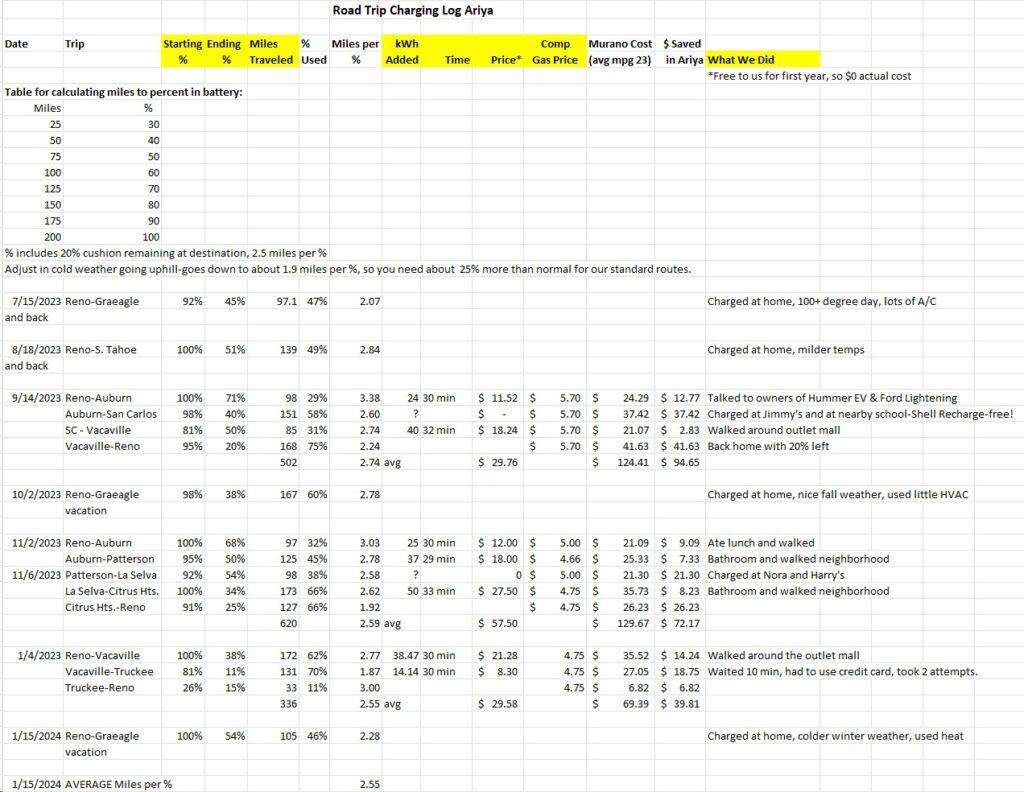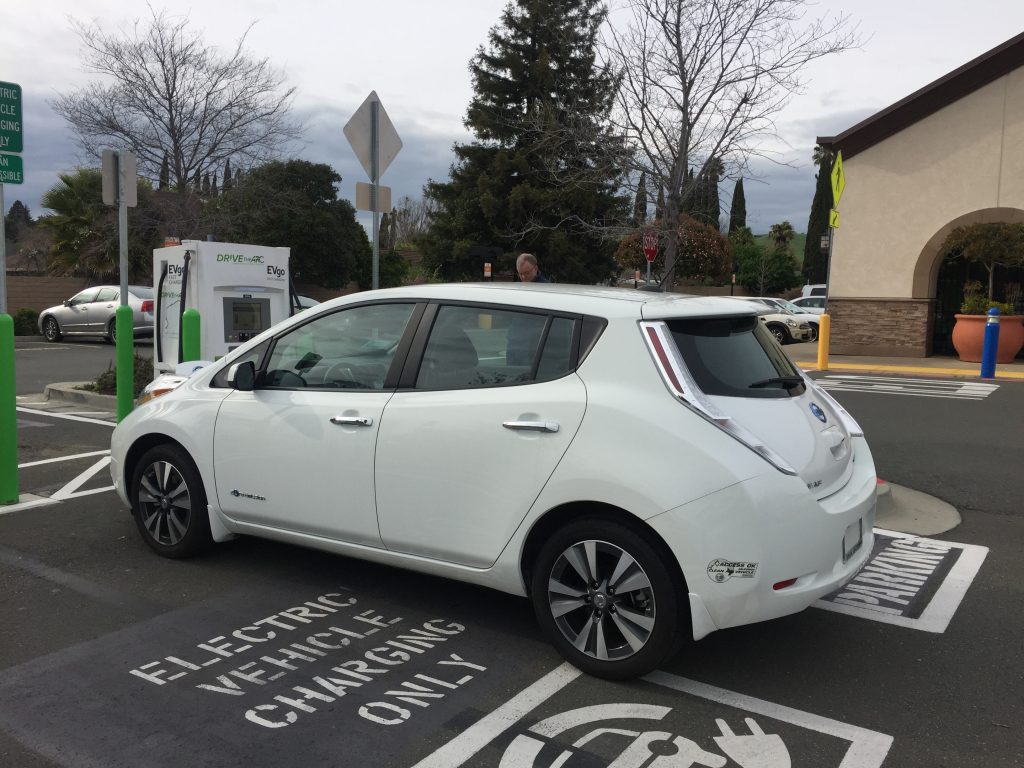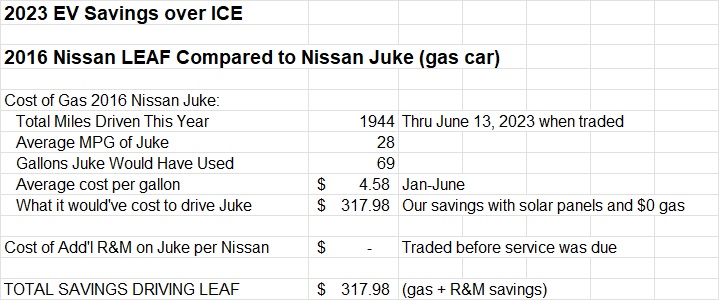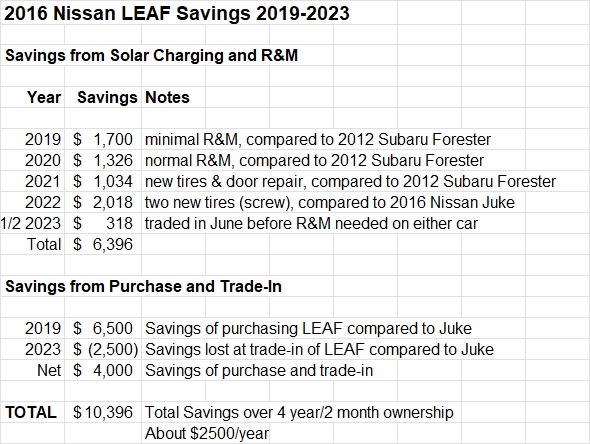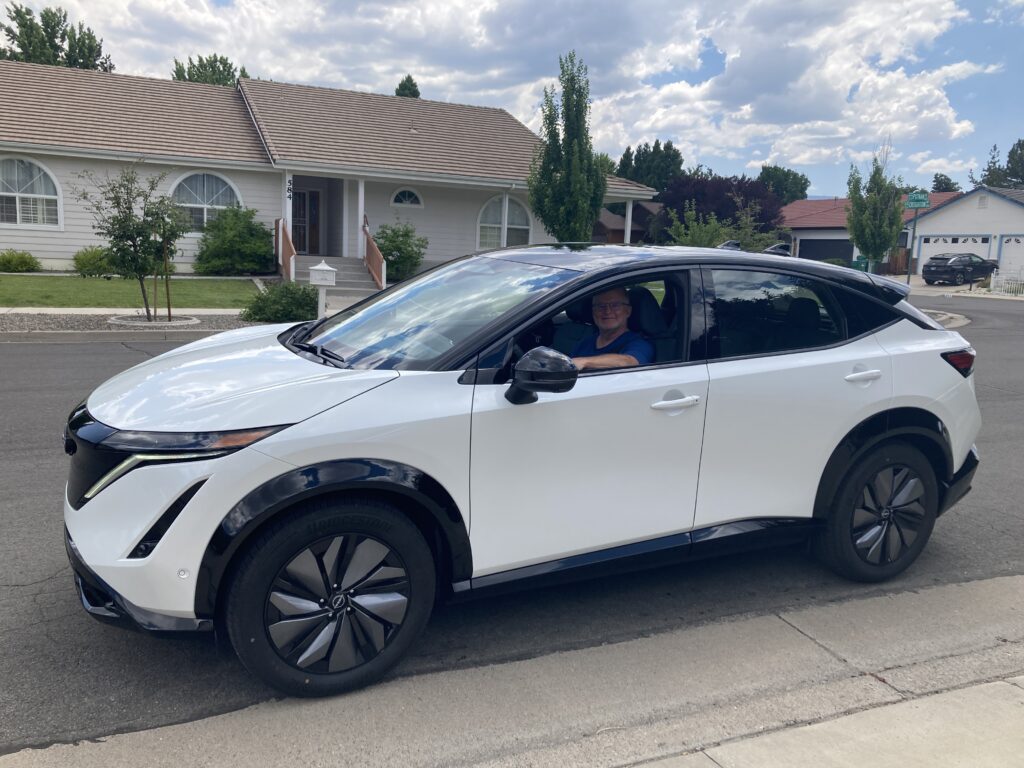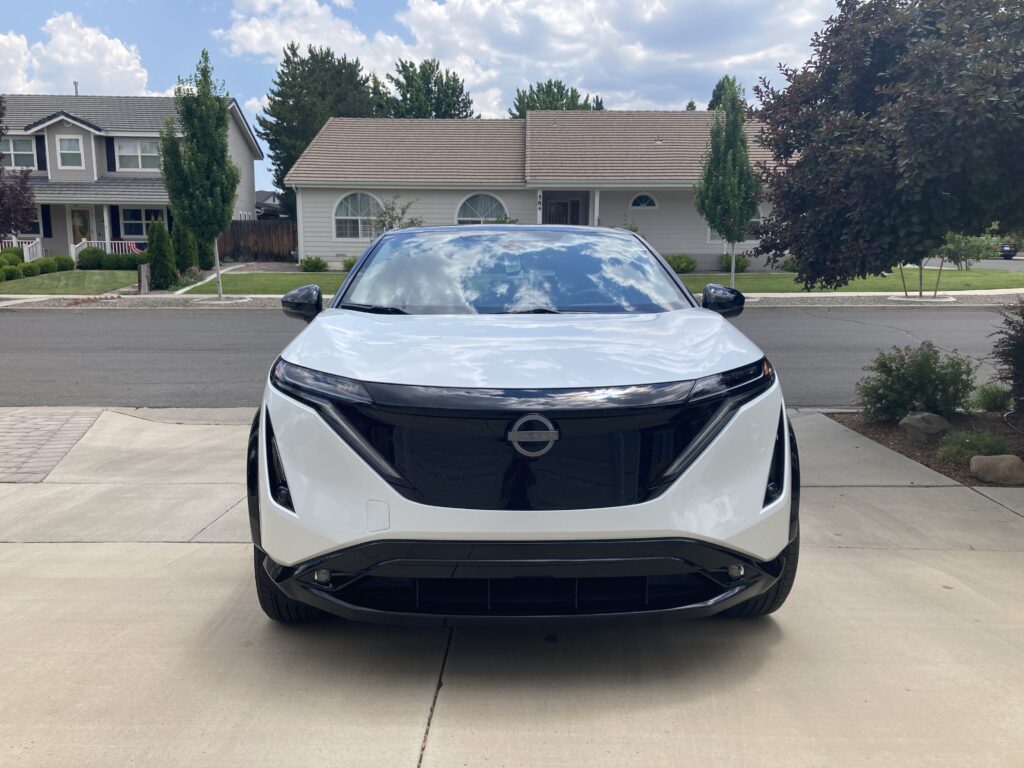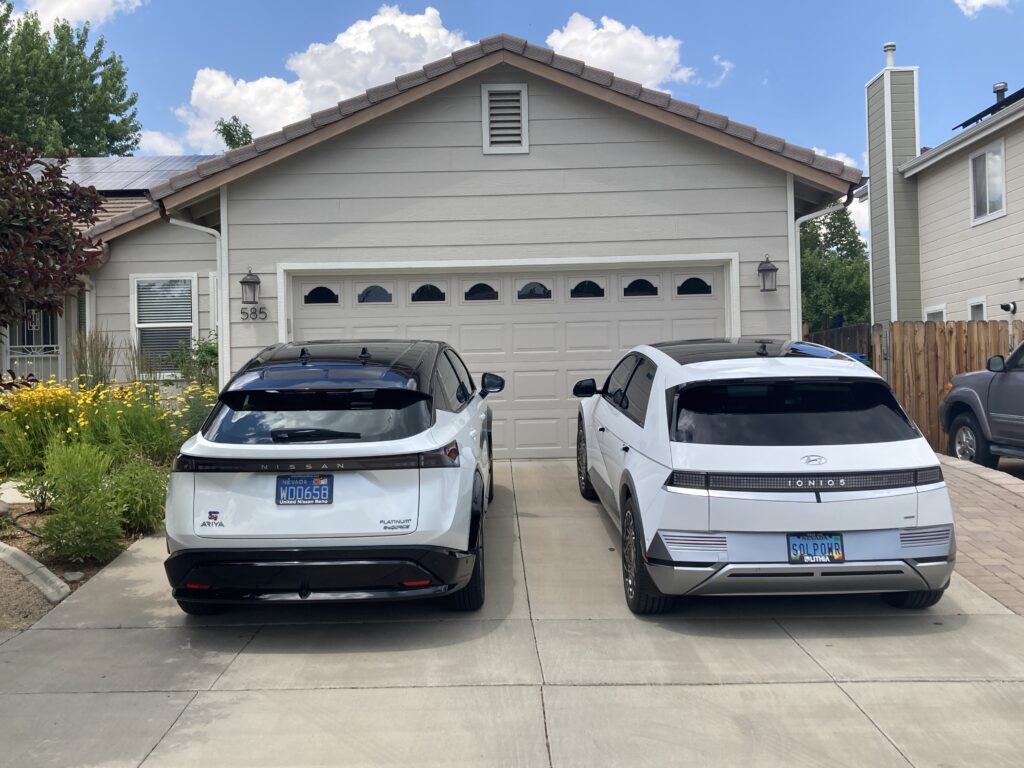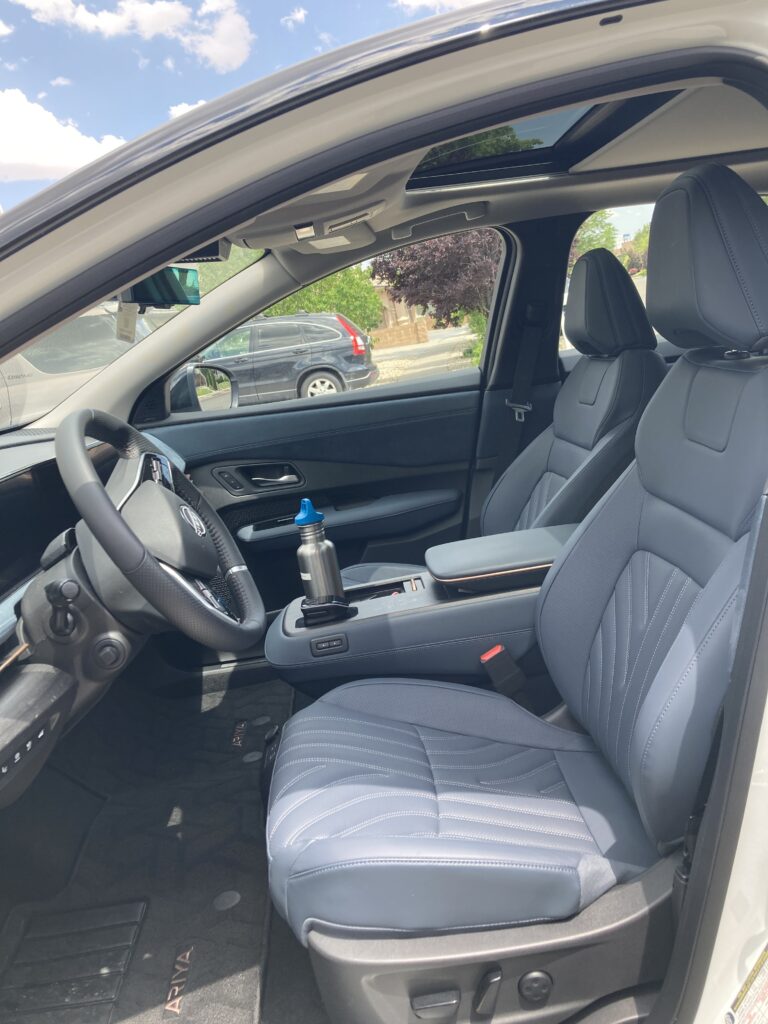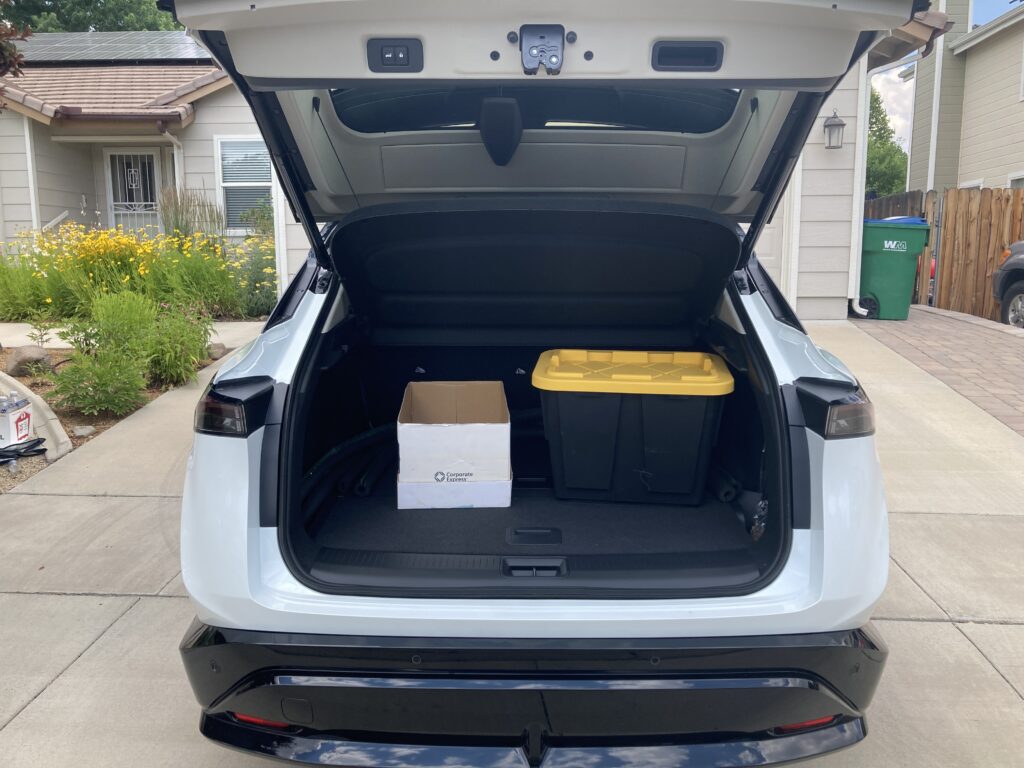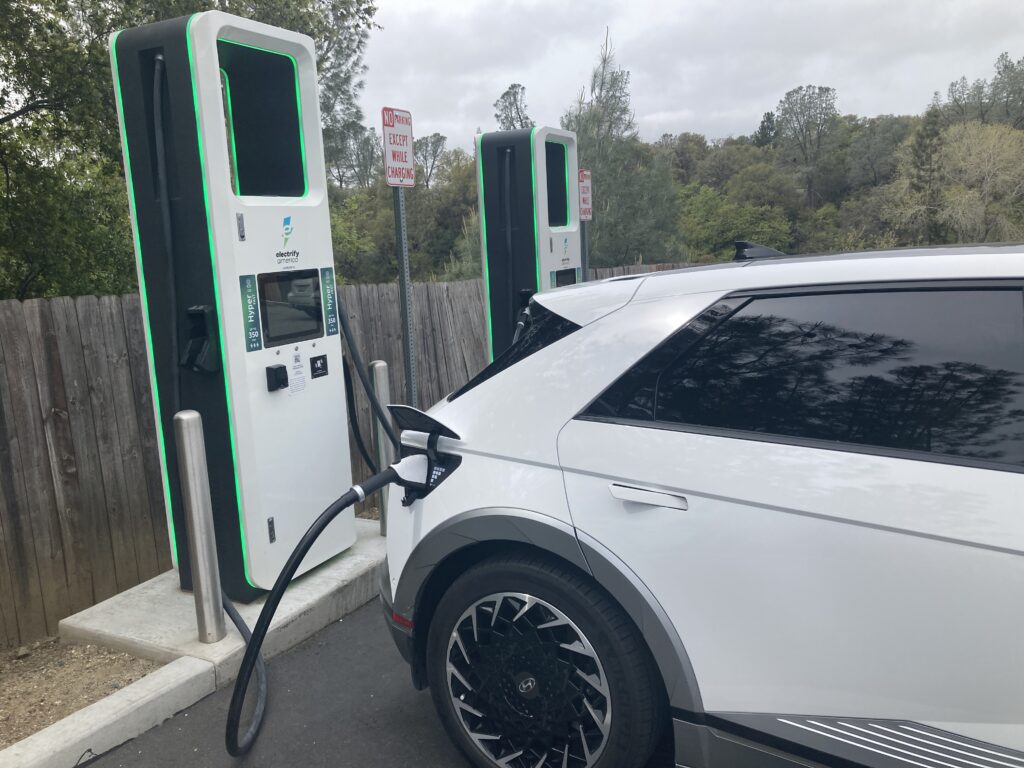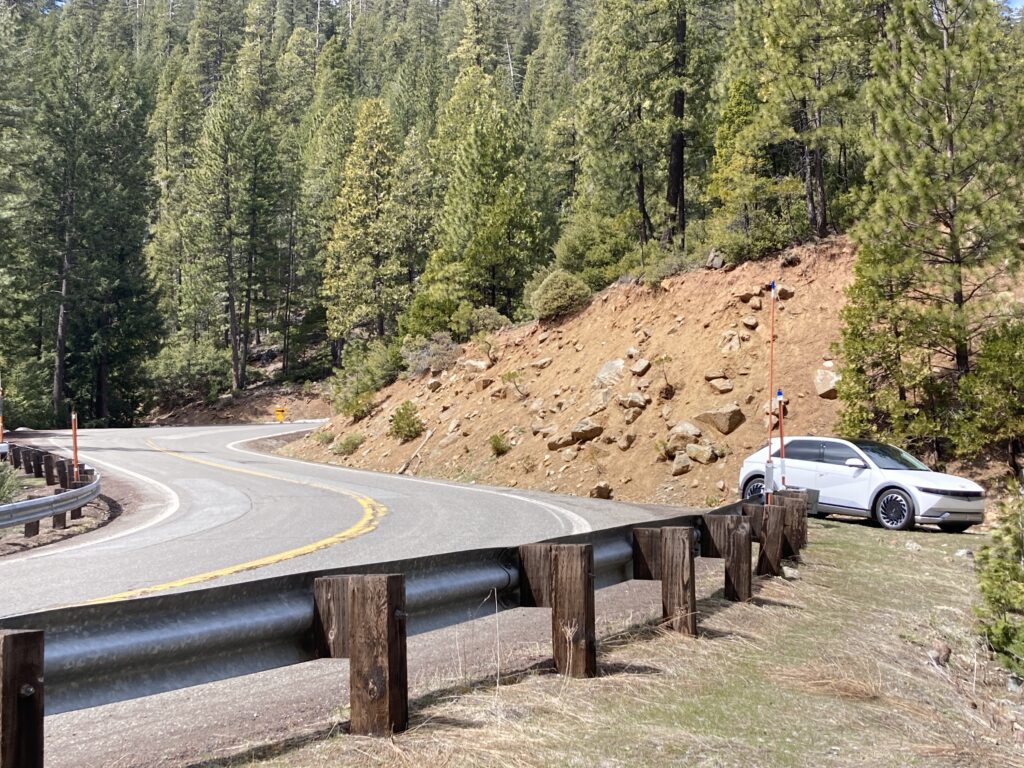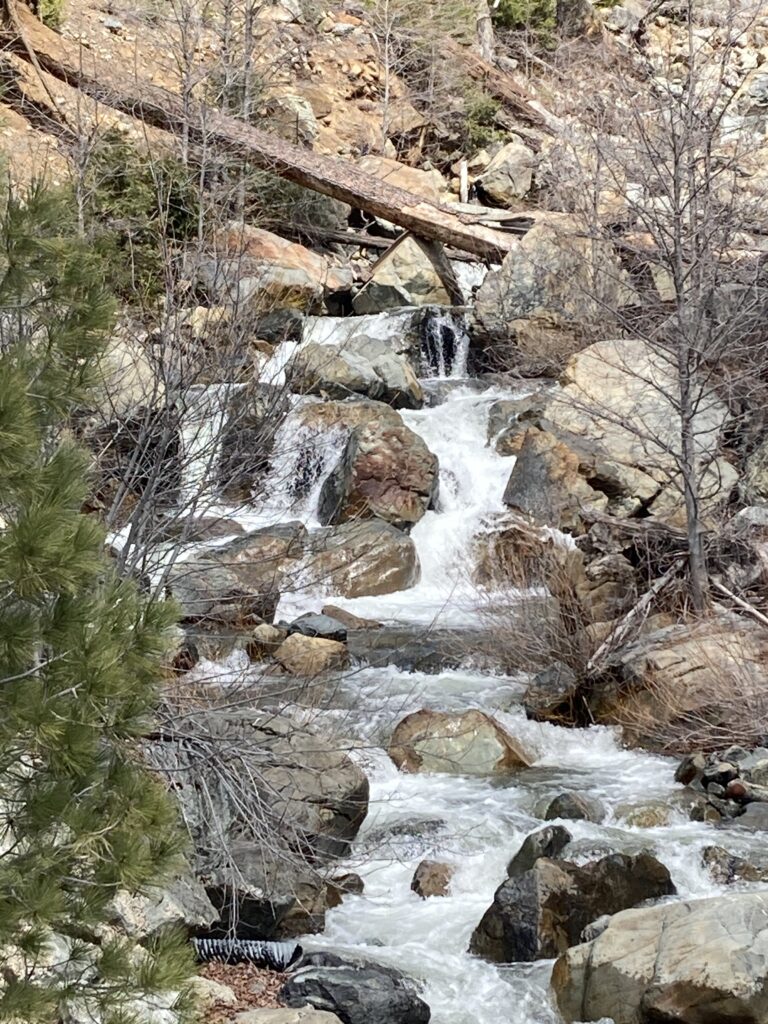God grant me the serenity to accept the things I cannot change, the courage to change the things I can, and the wisdom to know the difference. AA Serenity Prayer
Last year Spirit worked with me on cultivating joy; this year I am led to work on cultivating peace. When I am not at peace, I can’t access my joy. You may recall from my blog on The Book of Joy (https://www.renofriends.org/cultivating-joy/), that one of the pillars is Acceptance. In this blog, I will explore Acceptance through the lens of the AA Serenity Prayer.
The Wisdom to Know the Difference
In my experience, this is actually the first step to serenity. I used to charge into a situation and start doing something, believing that taking action was the most important thing to do. Quakerism has helped me learn to step back, observe, season, sit in silence and seek guidance. Discernment takes time and when I’m overwhelmed and just want a problem solved, I can rush the process and make a bigger mess. If I don’t take time, I can easily take on something that isn’t mine to do or step on someone’s toes who was doing just fine before I came along!
Patience is a word that comes to mind here. It’s important that we be patient and take our time when choosing our words and actions. We can forget how powerful they are. I still have a lot to learn. Being aware of this, I try to ask for time to consider the best course of action from a variety of perspectives, including the “God’s eyes” perspective Desmond Tutu recommends.
I’ve also learned that emotional detachment is essential for me to be able to see a situation from a variety of perspectives. If I am too attached to my way of viewing things and the solution I favor, I can miss important aspects that others see more clearly. When we collaborate from a place of equality, we are more likely to contribute to transformative change.
I am learning that sometimes the most powerful choice is to be still and not act, but allow things to unfold, trusting that if there is something I am led to contribute, it will become clear. Sometimes the most helpful action is non-action and holding someone in the Light, trusting they will be guided and find their way.
The Courage to Change the Things I Can
The next step for me is to assess my Light. Do I have the time, energy and resources to take on what I’ve identified I might help with? As I get older, this becomes more of an issue for me. I must prioritize what I can engage with and what I must leave for others to shine their Light on.
I do recall when I was younger that I lacked courage because I lacked confidence and was afraid of making a mistake. I think these things can hold many of us back from engaging in transformative work. Another aspect of this that I have struggled with is feeling overwhelmed by the magnitude of a situation and then becoming paralyzed. With this block, it helps to take one small step at a time.
The Dalai Lama says that he believes much of our stress is caused by having too high expectations. When my expectations are too high, it can lead to exhaustion and despair. Lately, I’ve been working on adjusting my expectations and I find that does help. I can celebrate the small successes and keep on going without burning out.
The Dalai Lama also encourages us not to be attached to the outcome of our efforts as this also causes stress and frustration. Lao Tzu agrees with him recommending that we give ourselves fully to an action that flows through us and then let go and let the Tao do its work. I remind myself that I cannot see the bigger picture or understand the Mystery and I may never know the ultimate effect of my efforts.
Another skill I have found invaluable is the ability to set clear boundaries with compassion. It is hard to disappoint others and tell them “no” when they ask for our help. I recall reading a chapter in a book by life coach, Cheryl Richardson, entitled “Let me Disappoint You.” She gave wonderful advice on how to sensitively let down others by attending to their feelings, clearly stating our own limits and what we can do, and then offering some options for other resources.
Accepting What I Cannot Change
This final step is the most challenging for me personally. I was raised to be a perfectionist, trained to look at what was awry and get busy fixing it. Accepting something that I thought needed to be changed seemed wrong and lazy. I’ve learned that sometimes things are fine just the way they are and it’s only my judgment that needs changing. Everyone has their own journey, and the world has its own journey, affected by our collective consciousness. We are responsible for our journey and our contributions to others and to the collective, but we are not responsible for others or for the state of the world.
Along the way, I realized that I must first accept a situation, become “fierce with reality”, before I can do transformative work. We must break through our denial and our attachments to what we wish was happening. To develop a clear picture, it helps to listen deeply to others and pay attention to what is going on beneath the surface with a compassionate and open heart and mind.
There are many situations in our lives and in the world that we cannot personally change, or that we can only contribute a small piece to improving. Then we must step back and let it be, trusting that there’s a greater Mystery at work that we don’t understand. We can cultivate serenity, kindness, joy and hope in our own hearts and radiate that out to others and the world around us. This is more helpful than fretting about what we cannot change or getting lost in fear, stress and despair. We can embody the change we would like to see in the world and let our lives speak. Never underestimate how powerful that can be!
Queries:
Which aspect(s) of the Serenity Prayer are the most challenging for you?
What have you learned along the way that has helped you be more accepting of reality and those around you? What do you still need to work on?
How do you decide what to change and then what do you do? Is your process working or do you need to make changes?
